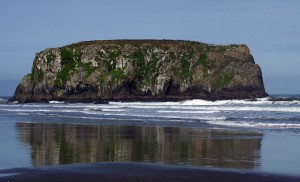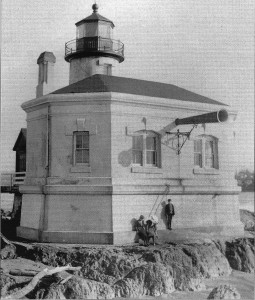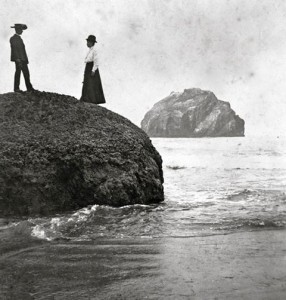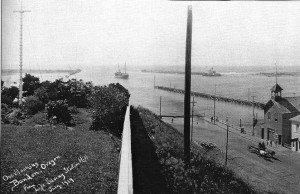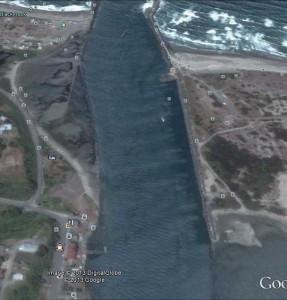Bandon
Notes about Bandon, OR
Category Archives: Uncategorized
Table Rock
Breeding sea birds nest on these rocks in the spring. Brandt’s, double-crested, and pelagic cormorants, common murres, pigeon guillemots and the ever-present western gulls are among the species that come by the thousands to table rock as well as surrounding rocks.
Also, if you are in the area during a negative low tide there are great opportunities for exploring tide pools.
The photo below shows table rock just after sunrise (and before moon set). Table rock is the rock just left of center. At low tide you’ll see a lot of sea stars and anemones on the rocks in the left and right foreground. On a VERY low tide you can get pretty close to table rock.
Coquille River Light
The Coquille River light was commissioned in 1895 at the mouth of the Coquille River. It was in continuous operation until 1939, when it was replaced by an automated light on the South Jetty. The original light had a Daboll trumpet as a foghorn (it appears in the photo below). That was replaced in 1910, so it doesn’t appear in the more recent photo below.
The channel leading into Bandon Harbor
This is a view in Bandon, looking West from the hill above First Street. It was taken in 1914. You’ll notice that the street runs into the water, and the channel allows some pretty good sized ships.
The image below (from Google earth) shows a similar area. In the lower left you can see that the street makes a left turn. All of the land beyond that turn was under water in the 1914 photo. Something else that’s interesting to note is that it would have been difficult now to take a photo like the 1914 photo. First, the property on the hill above first is in private hands. Second (and probably more important), the hill is covered with Monterey Cypress. Those were planted because they grow fast, can tolerate the wind, and possibly because Bandon wants to be the Carmel of Oregon. 🙂
